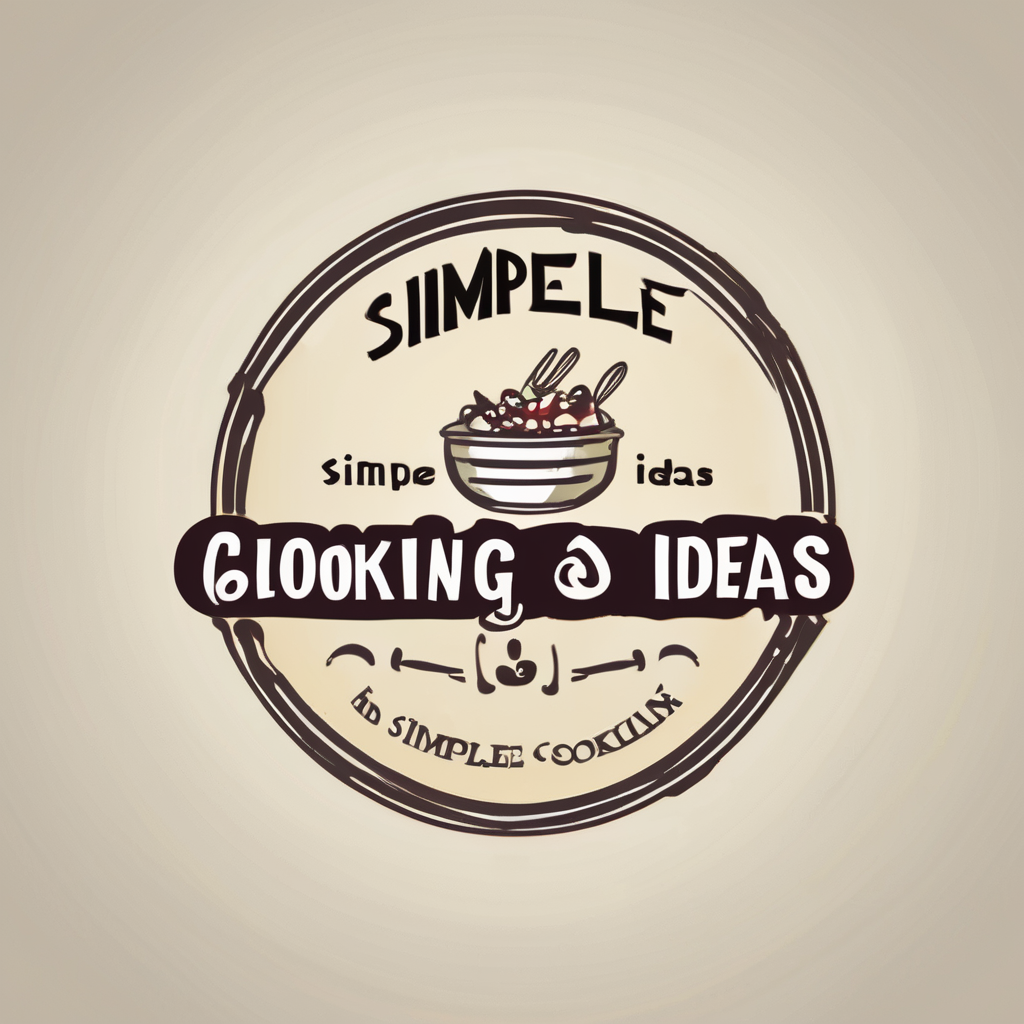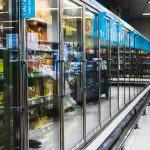Transforming Your Bar Layout: Expert Tips for Optimizing Space on Busy Event Nights
When it comes to running a successful bar, especially during busy event nights, the layout of your space can be the difference between a smooth, profitable evening and a chaotic, loss-making one. Here’s how you can optimize your bar layout to maximize sales, enhance the customer experience, and keep your staff efficient.
Understanding Your Needs
Before you start rearranging your bar, it's crucial to understand what you need from your space. Here are a few key considerations:
Analyze Your Customer Flow
- Observe how your customers move through your bar. Identify bottlenecks and areas where congestion occurs. For example, if your bar is shaped like a U, consider where the most traffic will be and how you can direct it efficiently.
Identify Peak Hours and Demand
- Know your busiest times and plan accordingly. If you have a happy hour that attracts a large crowd, make sure your layout can handle the influx of guests. This might involve temporarily rearranging seating or adding extra service points.
Consider Your Menu and Service Style
- If you offer a wide range of cocktails, you'll need ample space for mixology. If you have a food menu, ensure there's enough room for food preparation and service. A cloud-based POS system can help you manage menu updates and inventory in real-time, which is essential for optimizing your bar operations.
Designing an Efficient Layout
An efficient bar layout is not just about aesthetics; it's about functionality and flow.
Table Management
- Use a table management system to optimize seating. This can help you turn tables faster and serve more guests. For instance, customize multiple floor plans to reflect your seating arrangements, and use section layouts to manage reservations and table status efficiently.
Bar Configuration
-
The bar itself should be designed to facilitate quick service. Consider a layout that allows multiple bartenders to work comfortably without bumping into each other. Here are some tips:
Have you seen this : Transforming Staff Training in Fine Dining: Leveraging Virtual Reality Technology for Enhanced Learning Experiences
-
Linear Bar: Ideal for high-volume service, a linear bar allows multiple bartenders to serve customers quickly.
-
U-Shaped Bar: This design can help control customer flow and provide more interaction between bartenders and customers.
-
Island Bar: Great for creating additional serving space and reducing congestion.
Seating and Standing Areas
- Balance seating and standing areas to accommodate different types of customers. For example, a mix of high tables and stools can cater to those who want to stand and socialize, while booths can provide a more intimate setting for groups.
Optimizing Space for Events
When hosting events, your bar layout needs to be flexible and adaptable.
Flexible Seating
- Use movable seating and tables to adjust your layout according to the event. For instance, you can remove tables to create more standing room for networking events or add more seating for dinner events.
Utilize Vertical Space
- Make the most of your vertical space by using shelves, hooks, and hanging decorations. This can help keep the floor clear and create a more open feel.
Technology Integration
- Invest in technology that can help manage your events more efficiently. A POS system that integrates with your event management software can streamline operations, allowing you to track sales, manage inventory, and optimize seating in real-time.
Managing Inventory and Sales
Effective inventory management and sales strategies are crucial for maximizing revenue during events.
Bar Inventory Management
-
Use a robust inventory management system to keep track of your liquor, beer, and wine stock. Here are some key features to look for:
-
Real-Time Tracking: Ensure your system updates inventory in real-time to avoid stockouts or overstocking.
-
Automated Alerts: Set up alerts for when items need to be reordered.
-
Sales Data Analysis: Analyze sales data to identify best-selling items and adjust your inventory accordingly.
| Feature | Description |
|---|---|
| Real-Time Tracking | Updates inventory levels as sales occur |
| Automated Alerts | Notifies staff when items need to be reordered |
| Sales Data Analysis | Provides insights into best-selling items and sales trends |
| Integration with POS | Seamlessly integrates with your POS system for accurate tracking |
Upselling and Cross-Selling
- Train your staff to upsell and cross-sell effectively. For example, suggest premium drinks or pair drinks with food items. A good POS system can provide real-time data on best-selling items and trends, helping your staff make informed recommendations.
Enhancing the Customer Experience
The customer experience is paramount, especially during events.
Personalized Service
- Use data from your POS system to personalize service. For instance, if a customer frequently orders a particular drink, your staff can offer it as soon as they arrive.
Social Media Integration
- Encourage customers to share their experience on social media. Create a unique hashtag for your event and offer incentives for customers who post about their visit. This can help in marketing your business and attracting new customers.
Customer Feedback
- Collect feedback from your customers to understand what they like and what needs improvement. This can be done through surveys, comment cards, or even social media polls.
Marketing Your Event
Effective marketing is key to attracting a large and engaged audience to your event.
Target Your Audience
- Understand your target audience and tailor your marketing efforts accordingly. Use social media to reach your audience, and create content that resonates with them.
Create Engaging Content
- Develop a marketing strategy that includes engaging content such as videos, photos, and blog posts. Highlight the unique aspects of your event and what sets it apart.
Leverage Partnerships
- Collaborate with other businesses or influencers to promote your event. For example, partner with a local brewery to offer exclusive beers during your event.
Practical Tips for Implementation
Here are some practical tips to help you implement these strategies:
Consult with Experts
- Consult with event planners, designers, and technology experts to get the best advice for your specific needs. Your existing tech partners can also offer valuable insights and recommendations.
Trial and Test
- Before making any major changes, trial and test different layouts and systems. This hands-on experience will give you a better sense of what works best for your bar.
Train Your Staff
- Ensure your staff is well-trained on the new layout and systems. This includes training on the POS system, inventory management, and customer service techniques.
Transforming your bar layout is not just about rearranging furniture; it's about creating a seamless, efficient, and enjoyable experience for your customers. By understanding your needs, designing an efficient layout, optimizing space for events, managing inventory and sales effectively, enhancing the customer experience, and marketing your event well, you can significantly improve your business.
As Sherri Kimes, a revenue management expert, notes, "every dining shift has its own ‘beat’, and RRM is the art of dancing to it." By choreographing your strategies to match the mood and demand of your events, you can maximize returns and deliver the greatest value to your customers.
Remember, small changes can lead to significant improvements. By creating a well-designed space, utilizing the right technology, and focusing on customer experience, you can make your bar a go-to destination for events and everyday visits alike.






